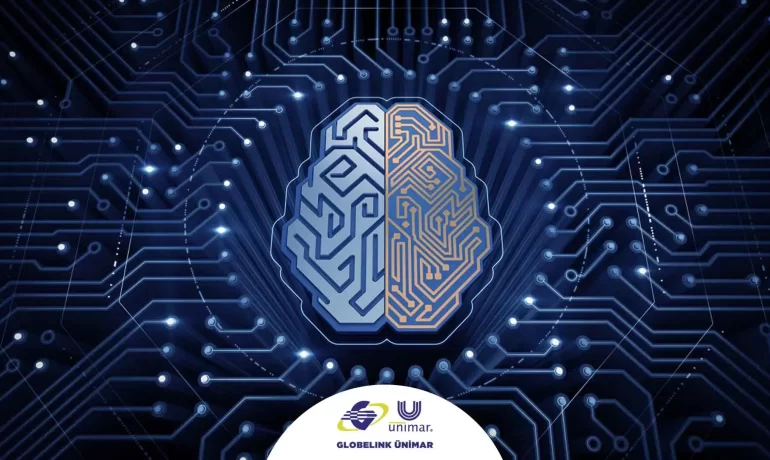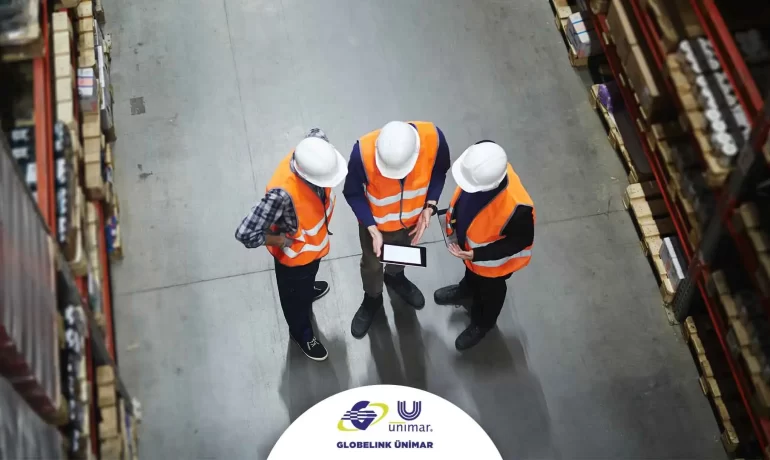
- January 28, 2022
- Blog
Announced by the European Commission and the High Representative for Foreign Affairs and Security Policy, the Global Gateway is a European strategy that focuses on sustainable and trusted connections that work for humanity and our planet to help us tackle the most pressing global challenges, from climate change and environmental protection to improving health security, boosting competitiveness and global supply chains.
It was stated that the Global Gateway project will be carried out by considering not only the EU’s own interests but also the needs of EU partners, and in this context, it is aimed to mobilize an investment of up to EUR 300 billion between 2021 and 2027 to support a lasting global recovery.
The expression “needs of EU partners”, which is emphasized here within the framework of the project, actually expresses an important change of perspective that evolves from unilateral thinking to growing together. This change also reveals that we can foresee that sustainable growth and development can be achieved when all the countries in the EU’s area of interest, especially the neighbors on the same continent, work in line with common strategic interests without discriminating between the EU and others.
What Does The Global Gateway Project Aim For?
As stated by many sources, this project is a strategic response to the Belt and Road Initiative (BRI) Project announced by China in 2013, EU Commission President Ursula von der Leyen stated that this project is built on the same principles as the Build Back Better World project announced by US President Biden and will support smart investments in quality infrastructure, respecting the highest social and environmental standards, in line with the EU’s values and standards and that joint venture projects to be invested in will be mutually determined in this context.
This project, it is aimed to develop Europe as a whole by bringing together the financial funds in the European region, without falling into the path of the plans of the states that serve political purposes from time to time, and without getting loans from China for infrastructure investments.
The Global Gateway project aims to mobilize an investment of up to EUR 300 billion between 2021 and 2027 to support a lasting global recovery.
This need was felt before, especially by the Central and Eastern European countries. When the young population in these countries immigrated to Western European countries with the hope of finding a job, and only retirees and workers in the facilities producing with existing old generation technologies were left behind, the production costs increased and the related products were put at a competitive disadvantage against the goods of China and the Far East countries. However, the existing workforce became unable to meet the social insurance expenses of the retirees. This situation led to the rise of nationalist feelings among the youth of the country, which damaged the philosophy of the European Union.
When these problems were handled together with the outdated technology and inadequate infrastructure of the region from the Soviet Union period, 12 Central and Eastern European countries came together under the leadership of Poland and Croatia and signed cooperation called the Three Seas Initiative in 2015 against the unstoppable economic expansion of China. However, this cooperation project has not shown any progress.
The Belt and Road Initiative (BRI) is Much Beyond a Mere Infrastructure Project
It is an undeniable reality that China, which is clearly defined as a threat by both projects, is in a dominant position in international trade today. However, it is not a secret that EU policymakers are increasingly concerned about the far-reaching impact the BRI project may have, especially in countries where the EU has strategic interests. Because the BRI project goes far beyond a mere infrastructure project. The fact that China’s large development and investment initiatives in the context of this project has spread all over the world, significantly expanding China’s economic and political influence, and that the project is the focal point of the US-China trade struggle that has arisen in the recent past, has necessitated the implementation of a project such as the EU’s Global Gateway project.
Because when we examine two important infrastructure projects that stand out from hundreds of BRI development and infrastructure projects, infrastructure investments in the context of the China-Pakistan Economic Corridor and the success of reducing the delivery time from China to Europe to about 15 days in the context of the Iron Silk Road come to the fore.
Although the speed achieved here seems to be advantageous in terms of supply chains, it creates the danger of transforming the production sectors into a disadvantageous line of business in all of the countries it passes through, as a result of the fast and low-cost transportation of the products that China produces at a very low cost based on its cheap labor force to the EU markets, quickly and at a low cost as a result of benefiting from the economies of scale in transportation.
On the other hand, it is known that the container crisis caused by the blockage of the Suez Canal for six days by the massive container ship The Ever Given, that both production and shipment of goods came to a standstill in China and the Far East during the COVID-19 pandemic, and the unbalanced trade caused by the delayed demand put supply chains with European destinations in a very tough situation.
The BRI project goes far beyond a mere infrastructure project. The fact that the project is the focal point of the US-China trade struggle, which has culminated in the recent past, has made it necessary for the EU Global Gateway Project to be engaged.
In addition to these risks, when we expand the issue to include our country and when we consider the fact that most of the companies producing in China are global-scale EU companies, it does not require great prophecy to predict that Central and Eastern European countries and Southeast European countries, including Turkey, will be the countries that will suffer the most from China’s economic expansion.
At this point, we need to question again what we can gain or lose in the medium and long term by supporting China’s BRI project in return for a few infrastructure investments. At this point, the added value created by facilitating the flow of China to Europe, that is, by acting as a carrier, is very limited, and there is a possibility of causing significant damage to our household in the medium and long term. However, when the opportunities of being the intersection point of the main trade routes offered by the geography and being close to Europe are evaluated properly, I consider that we have the necessary qualifications to be a near-shore base, that is, a supply and logistics center, as emphasized in the Global Gateway for the EU project.
In the event that the political steps expected by the international investment circles in the context of economic confidence are taken in our infrastructure, which we have not yet provided a meaningful added value, it is the destiny of Turkey’s geography to take advantage of the opportunities of the latest announced global projects although we have invested in large amounts till today.
Artificial Intelligence is Both Changing and Transforming
Today, we can see the clues that we will
The Future of the Cargo Market is Shaped by e-commerce
The e-commerce industry has been growing rapidly since the



